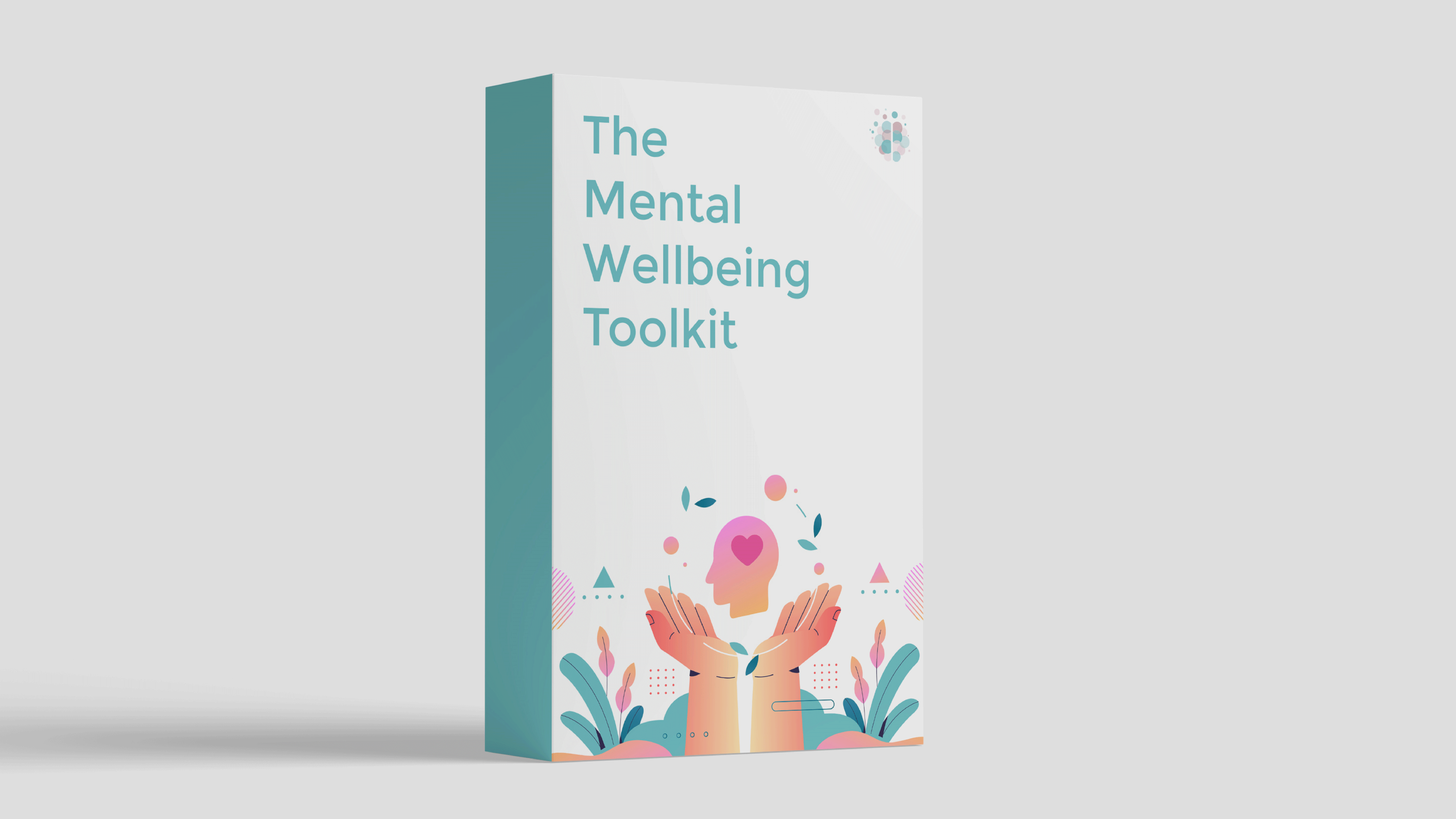The 7 Stages of Grief
Losing someone is perhaps the hardest thing in life. When you lose someone close to you, whether it’s a partner, family member, friend, or loved one, most people experience grief.
It can be very important to understand grief and be able to identify your feelings throughout the process in hopes of coming to terms with the loss and reaching a point of acceptance.
Most clinicians break down the grieving process into five stages, however, some have found it beneficial to break it down into seven stages which represent the full range of thoughts, feelings, emotions, and physical symptoms that someone may experience while grieving.
It’s important to note that not everyone will experience all of the stages mentioned below, and there’s no “right” or “wrong” way to grieve.
So, what are the seven stages of grief?
Stage One: Shock or Disbelief
This stage isn’t part of the original five stages, however, it’s oftentimes the first reaction when someone experiences a loss.
During this initial stage, a person will likely try to deny that their loved one has passed away, be overwhelmed by emotions, feel numb, and in disbelief.
This stage can happen immediately after a significant loss and can cause people to experience some physical symptoms like shaking, trembling, and feeling faint.
Stage Two: Denial
Throughout this stage, people may experience difficulty accepting the reality of a loss and try to minimize the effects that the loss is causing.
While this is a normal part of grieving, it can become unhealthy if it persists for a long period of time as it may get in the way of processing your emotions and healing.
Stage Three: Anger
In this stage, people may feel intense emotions of anger, frustration, and helplessness in response to a loss.
Their anger may be directed toward themselves or others as they struggle to make sense of the loss and how it impacts their life.
Stage Four: Bargaining
This usually comes in the form of “what if '' scenarios, making promises, and setting unrealistic goals.
The main goal or thought behind this is to try and undo or alleviate the loss by bargaining or negotiating with themselves, others, or “God” by making a deal for a desired outcome.
Stage Five: Guilt
While guilt isn’t usually included as one of the stages of grief, it’s important to mention because most people will experience it at some point in the process.
People may experience different forms of guilt that can be very difficult to manage. For example, it may come in the form of “I could’ve done more”, “I would’ve been there” or “I should’ve spent more time with them”.
Also, people might feel like it’s their fault that their loved one is gone. In most cases, an individual isn’t responsible for their loved one’s death, and while guilt is a part of the grieving process at times, it’s important to remember that it’s not their fault.
Stage Six: Depression
During the depression stage, a person may experience deep sadness, emptiness, despair, apathy, loneliness, and hopelessness. Some may also withdraw from social interactions and lose interest in activities they once enjoyed.
Stage Seven: Acceptance
In this stage, individuals begin to come to terms with the reality of their loss and begin to integrate it into their lives.
By finding a sense of peace, closure, and emotional resolution surrounding their loss, people will start to move forward in their life.
How Long Do the Stages of Grief Last?
There’s no set amount of time for each stage of grief.
Grieving is a process that can take time and some people may remain in one stage or another for longer or shorter periods – it really depends on the individual and the overall situation.
Some factors that may affect the length and intensity of each stage are the individual’s relationship with the person they’ve lost, their support system, and any coping strategies they may have.
Furthermore, while the grieving process may take time, it can be detrimental to remain in any given stage for a long period of time. For example, some people might get stuck in the anger stage, and not only will this have negative impacts on their lives, it can prevent them from healing.
Do the Stages of Grief Happen in Any Particular Order?
Not everyone experiences all the stages of grief, and people may experience each stage at different times and in varying intensities.
The stages of grief were originally outlined by Dr. Elisabeth Kubler-Ross in her book “On Death and Dying”. The concept of grief has evolved since her book was published in 1969 and is now viewed as a more individualized and complex process that does not fit neatly into specific stages or timelines.
Ultimately, the grieving process is unique to each person and there’s no “right” or “wrong” way to grieve.
Which Physical Symptoms May Be Involved?
The physical symptoms of grief can vary from person to person and may also change over time as individuals move through the grieving process.
Some common symptoms include:
- Sleep disturbances. Many people experiencing grief have difficulty sleeping. They may have trouble falling asleep, staying asleep, or experiencing restful sleep.
- Fatigue. Grief can be emotionally and mentally exhausting, leading to physical fatigue. The emotional distress and disruption of sleep patterns often contribute to this feeling of tiredness.
- Appetite changes. Grief can affect appetite in different ways. Some individuals may experience a loss of appetite and have difficulty eating, while others might turn to food for comfort and overeat.
- Digestive issues. Grief can lead to physical stress that manifests as digestive problems such as stomachaches, nausea, or diarrhea.
- Headaches. Emotional distress and tension often accompany grief, and this can lead to headaches or migraines.
- Muscle tension. Grief-related stress can cause muscle tension and physical aches and pains, particularly in the neck, shoulders, and back.
- Heart palpitations. Some people may experience heart palpitations or a racing heartbeat during grief, especially if they’re experiencing anxiety or panic.
- Chest pain and shortness of breath. Intense grief can sometimes lead to chest pain and feelings of breathlessness.
How to Cope With Grief?
Grief is a journey, and with time and self-compassion, you can find a way to integrate your loss into your life and move forward. Here are some tips that may help you navigate the grieving process:
- Feel your feelings. Lean into the full range of emotions that come with grief, whether it's sadness, anger, or guilt. Avoid suppressing your feelings; acknowledging them is an important part of healing.
- Take care of your basic needs. Grief can take a toll on your physical wellbeing. Try to maintain a healthy diet, get regular exercise, and get enough sleep to help your body cope with the stress. Here’s a free printable basic needs journal you might find helpful.
- Seek support. Don't hesitate to reach out to friends, family, or a therapist. Talking to someone you trust can be immensely comforting and validating.
- Join a support group. Consider joining a grief support group where you can connect with others who are experiencing similar emotions. You might also wish to explore online support communities such as Reddit.
- Practice grounding techniques. If you’re experiencing anxiety or panic, experiment with different grounding techniques until you find something that helps you feel calmer.
- Practice self-compassion. Try to be kind and patient with yourself. Grief isn’t something that can be rushed, and everyone's process is unique. Don't judge yourself for how you're feeling or the pace at which you're healing.
- Limit major life changes. If possible, avoid making significant life decisions or changes during the early stages of grief. Grief can cloud judgment, and it's essential to give yourself time to think clearly.
- Celebrate positive memories. Focus on the positive memories and experiences you shared with the person or thing you've lost. Celebrating these moments can bring comfort.
- Explore your values. This can help you to find meaning and purpose in your life, even in the midst of grief. Get our free Values Worksheets and five more free mental wellbeing tools by filling out the form below:
How to Help Someone Who Is Grieving?
When someone is grieving, it can be difficult to determine the best way to help them and show support.
At times, it may be beneficial to always have people close and stay busy. Alternatively, providing some space and solitude can be very important throughout the process. If someone says they wish to be alone, then it’s best to respect their wishes. If they explain feelings of sadness and loneliness, it might be a sign that they could use some company and extra support.
Many people who lose a loved one may become distant for a period of time. This can make it more challenging to assess the best ways to help them. In these situations, simply reaching out and checking in from time to time is a perfect way to show that you care. Chances are they’ll reach out when they’re ready.
In some cases, individuals may benefit from outside help in the form of mental health treatment and grief counseling. While in the grieving process, many people find it difficult to seek help on their own. Pointing someone in the right direction and providing them with some resources can make a huge difference and may motivate them to get the help they need.
There are plenty of amazing resources out there which include individual therapy, group therapy, and support groups that cater to the specific needs of people who are grieving.
Summary
The 7 stages of grief model serves as a general framework to help people understand and navigate the complex emotions that can accompany grief. The stages are:
- Shock or Disbelief
- Denial
- Anger
- Bargaining
- Guilt
- Depression
- Acceptance
Remember, there’s no “right” or “wrong” way to grieve. The stages are not a linear or one-size-fits-all process; not everyone will experience all of the seven stages and they may even revisit certain stages.
Understanding these stages can provide insight and comfort during the challenging journey of grief, offering a framework for healing and eventual acceptance.
Take Charge of Your Mental Health With Self-Help
Research shows that self-help materials are often enough for people to overcome mild to moderate mental health difficulties without professional support.
If you’re interested in a self-guided program that includes tools from CBT, DBT, ACT and more, be sure to check out The Mental Wellbeing Toolkit. It's "like 10 therapy sessions in one."

About Lindsey
Lindsey Rae is a Certified Health and Life Coach and a Licensed Marriage and Family Therapist. She is currently the Teen & Adult Mental Health Clinical Director at Clear Behavioral Health.
In addition to her Master’s Degree in Clinical Psychology from Antioch University, she has also completed a specialized study in Addiction and Eating Disorders at The Los Angeles Institute and Society for Psychoanalytic Studies.An ever-evolving student and teacher who’s compassionately driven journey to healing her own trauma led to a dynamic career in the pursuit of helping others.

